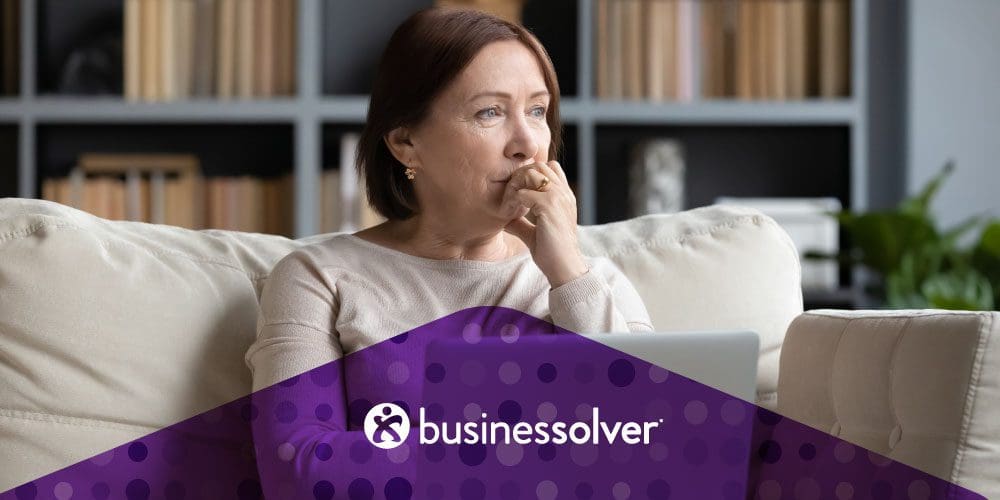Burnt Out: Women’s Declining Mental Health State

Mental health has taken two front seats in recent times.

According to the National Alliance on Mental Illness, “mental health conditions cost employers more than $100 billion and 217 million lost workdays each year.” Add to that the inherent stressors of COVID-19 and life under lockdown—working from home, battling teleconference fatigue, caring for children, coping with isolation, being cut off from typical support structures like family and friends as well as leisure activities like movies and shopping—and declining mental health has inevitably followed.
Women at all levels of the workforce felt the squeeze, and women in senior-level positions felt an inherent need to be everything to everyone, even amid a global crisis. The McKinsey & Company analysis notes, “senior-level women are significantly more likely than men at the same level to feel under pressure to work more and as though they have to be ‘always on.’ And they are 1.5 times more likely than senior-level men to think about downshifting their careers or leaving the workforce because of COVID-19. Almost 3 in 4 cite burnout as a main reason.”
Beyond offering an employee assistance program (EAP), employers should consider these four areas in supporting women’s mental health:
- Effectively communicate benefit plans and programs. We know. Employees often don’t know about or use the benefits they have access to. Benefits literacy is a key challenge for HR/benefits professionals. Help employees understand their benefits by connecting the dots. For example, instead of simply saying, “We have an EAP available,” educate employees on how to use the EAP. “Do you need to talk with someone about parenting stress? Call the EAP provider for a free consultation.”
- Do vendor homework. Research the benefits and services current vendors already provide. Do they offer a mental health telemedicine option? Are virtual mental health visits covered by a medical plan? Can a benefits technology partner amplify the EAP, telemedicine, or point solution vendor or provide a communication channel?
- Stop the stigma. Become a Stigma Free Company through NAMI to get more resources on mental illness in the workplace. Normalize discussions about anxiety, depression, stress relief, anger management and more. Create outlets, support groups, or open-door policies for women to address their mental health needs.
- Cross-examine culture. Pull back the curtain to really look at how company culture is defined—not just on the About Us page but in practice, particularly when addressing mental health, stress, and burnout. It may be time for an overhaul or a revisit if the expectation is that everyone is “plugged in” 24/7. Creating and sustaining a healthy workplace culture is as much about representation as anything else, to ensure women feel comfortable bringing their full and authentic selves to work. Reviewing diversity, equity, and inclusion policies with a third party or with diverse voices within the workforce is also a substantial step toward supporting women and women of color.
To dive deeper into how the world of work is changing for women, check out our full white paper, Where Have all the Women Gone below.
{{cta(‘af2eb6c9-17d8-4ff8-9f24-b0e3051a172e’)}}
